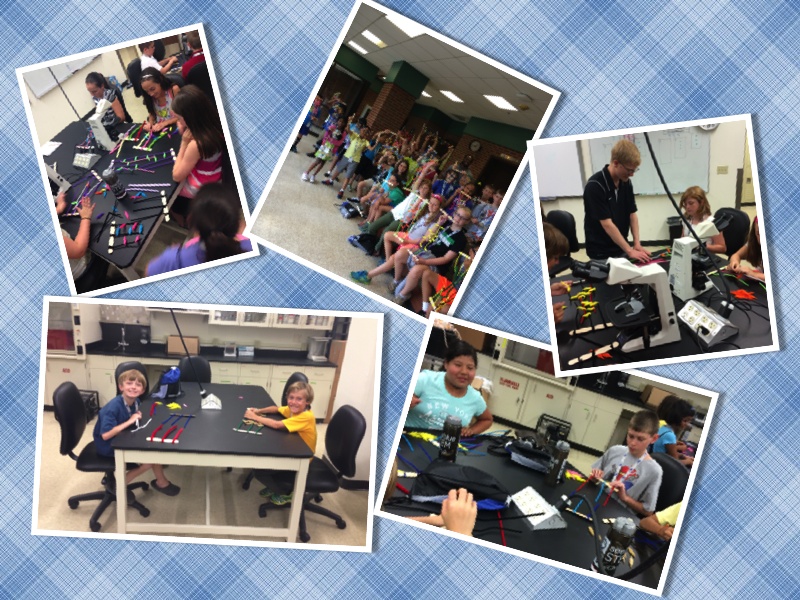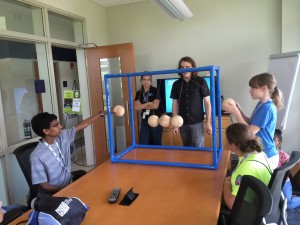 It was yet another busy, fun-filled, informative day at the See Blue STEM Camp! The Yellow and Green Groups loaded up the buses and headed out to the Center for Applied Energy Research (CAER) today while the red and blue groups remained on campus for a day of robotics and mathematical modeling with Dr. Cindy Jong. The yellow and green groups really enjoyed their time at CAER and learned A LOT. They came home with some paving stones that they made themselves and learned about the chemical reactions between concrete and cement…be sure to ask them about it! If the stones start to crack put a little water on them as that should help it as it cures. Since they were out at CAER today there was no robotics for them.
It was yet another busy, fun-filled, informative day at the See Blue STEM Camp! The Yellow and Green Groups loaded up the buses and headed out to the Center for Applied Energy Research (CAER) today while the red and blue groups remained on campus for a day of robotics and mathematical modeling with Dr. Cindy Jong. The yellow and green groups really enjoyed their time at CAER and learned A LOT. They came home with some paving stones that they made themselves and learned about the chemical reactions between concrete and cement…be sure to ask them about it! If the stones start to crack put a little water on them as that should help it as it cures. Since they were out at CAER today there was no robotics for them.
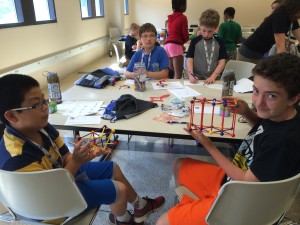 The red and blue groups had a great time doing some mathematical modeling with Dr. Cindy Jong. I always love having the students experience “pure mathematics” because most come in sullen that they “have to do” mathematics and then they realize that math can be engaging and fun! They first talked about 3D structures and had the opportunity to build with some sticks and balls manipulatives trying to figure out the varying strengths of different configurations. Then they learned what origami had to do with math. They made origami cubes and some even got to the crane today. They were all very excited by the end!
The red and blue groups had a great time doing some mathematical modeling with Dr. Cindy Jong. I always love having the students experience “pure mathematics” because most come in sullen that they “have to do” mathematics and then they realize that math can be engaging and fun! They first talked about 3D structures and had the opportunity to build with some sticks and balls manipulatives trying to figure out the varying strengths of different configurations. Then they learned what origami had to do with math. They made origami cubes and some even got to the crane today. They were all very excited by the end!
In robotics they worked on programming. They learned how to do a 180 degree turn, complete the parking lot challenge and the square challenge. They learned that not all robots are created equal and had fun figuring out which variables (math!) had to be changed in order to get their robot to do what they wanted it to do. That completes the basics for them so tomorrow they will start on the Green City Challenge.
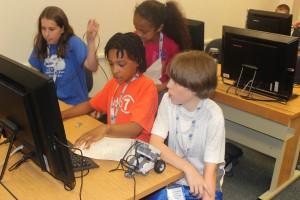 Tomorrow we’ll all be back together on campus…we have deemed tomorrow Engineering Day! The students will spend most of their time in the engineering complex tomorrow…it’s usually one of the favorites!
Tomorrow we’ll all be back together on campus…we have deemed tomorrow Engineering Day! The students will spend most of their time in the engineering complex tomorrow…it’s usually one of the favorites!
In their words…
Mathematical Modeling (red and blue groups):
- I learned about polyhedrons.
- I liked doing the origami crane.
- I really liked that my bridge didn’t break.
- I liked how we got to build 3D shapes.
- Yes, because I would like to build bridges when I grow up.
CAER (yellow and green groups):
- Seaweed can be made into fuel and is edible.
- A lot of the information we learned today could benefit us in the real world. Some of the information we learned could inspire us to be scientist
- I find this very applicable to real life situations.
- Yes, because I like science and I wish to work here one day.
- About how many biofuels like algae can consume carbon-dioxide and create any fuel.
- I liked learning these things today because It will help my future.
Conversation Starters…
Yellow and Green Groups:
- What did you learn on your energy walk today?
- Where does Kentucky rank in comparison to the other states in energy usage? Why is our ranking so high when we have such a low population?
- What in the world is Flocculation?
- I always thought that cement dried…what happens to it if it doesn’t dry? What is it actually doing?
- What was your favorite part of going to the Center for Applied Energy Research?
- What does origami have to do with math?
- What kind of shapes did you use in building your bridge?
- How did you get your cube together without using tape or glue?
- Why is mathematical modeling important?
Picture of the Day… Don’t forget that clicking the picture will take you to all the pictures we took today!

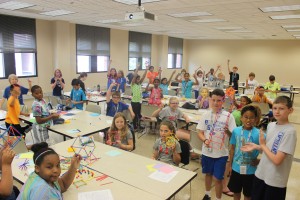
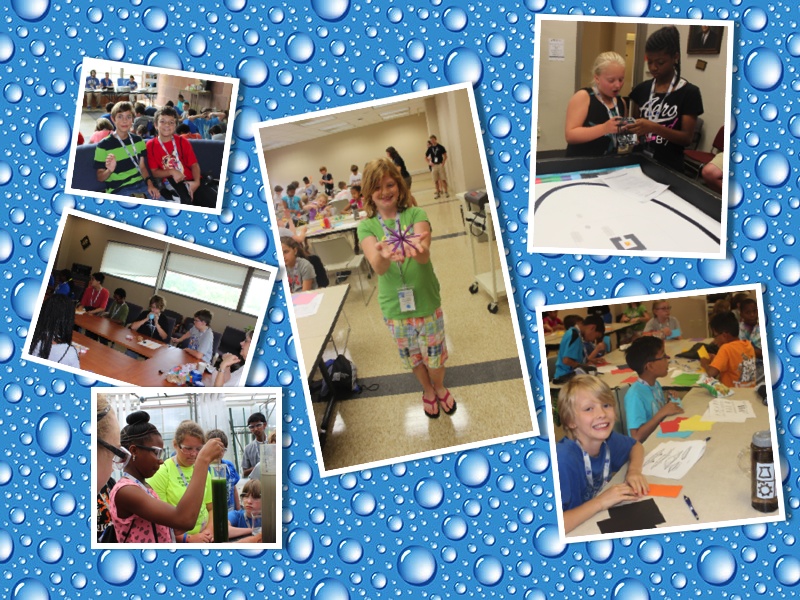
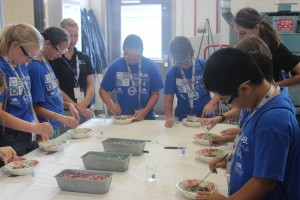
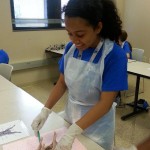
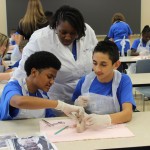
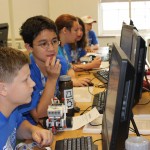
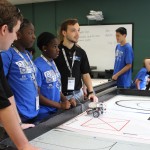
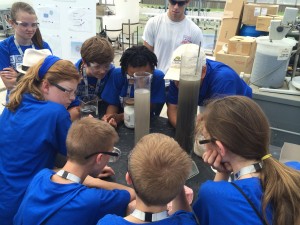
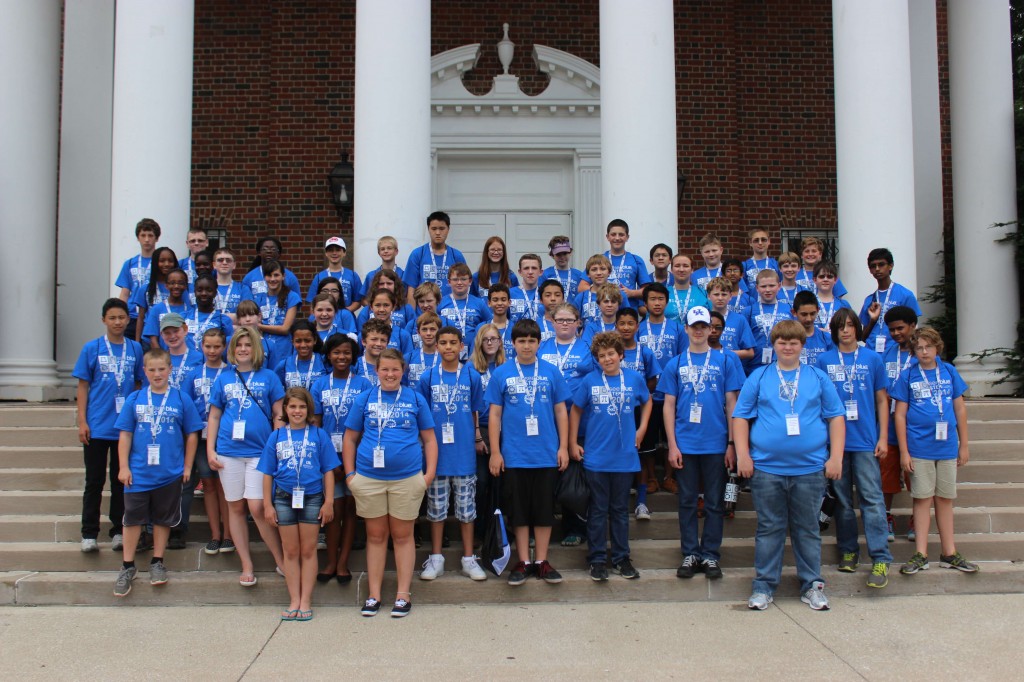

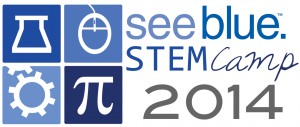
 )! Registration went very smooth this morning and we appreciate everyone’s patience in getting all the forms turned in, etc. You all rock!
)! Registration went very smooth this morning and we appreciate everyone’s patience in getting all the forms turned in, etc. You all rock!